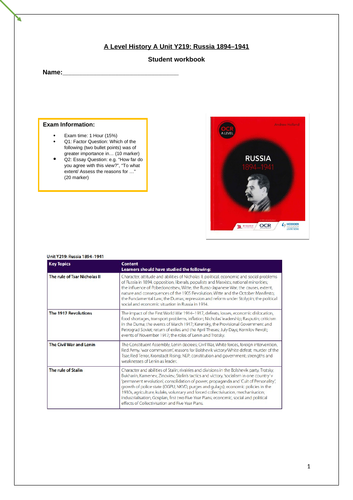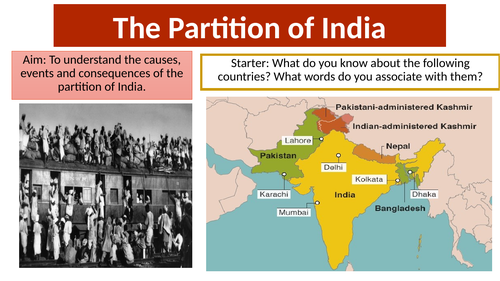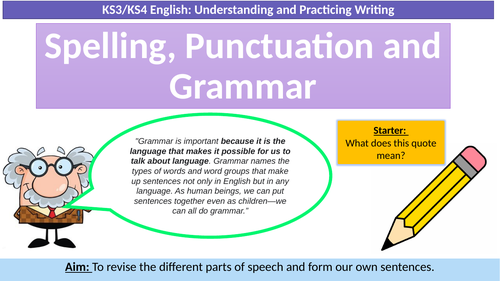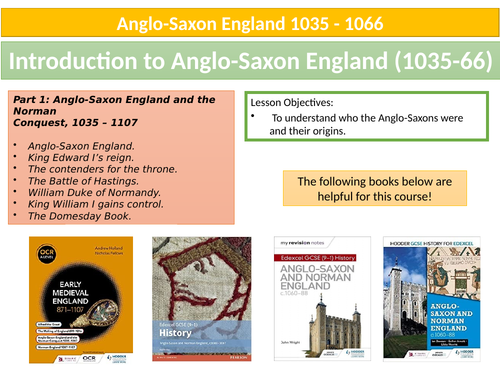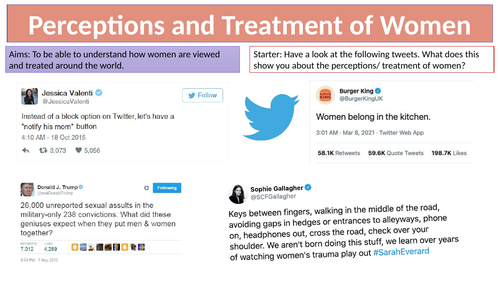Thehistoryteacher31's Shop
I am an experienced History teacher who has created SOW for different schools. I love making different and creative resources and hope you enjoy them too! I will try and update any old resources and you are welcome to recommend any SOW for me to create!








